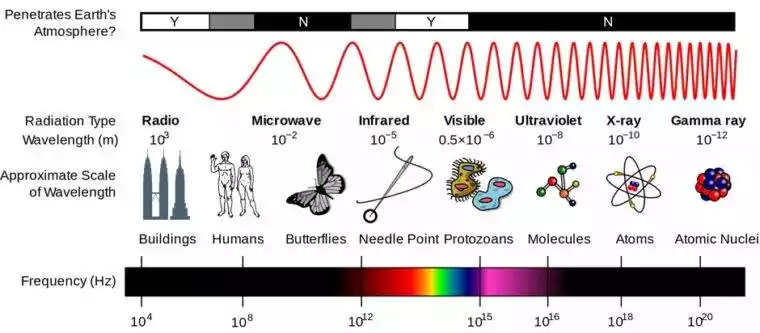We’re excited to unbox Xiaomi’s new Air Charge Technology.
Forget charging stands and cables. How often do we hear the same slogan? But has anything significant changed? We looked and there were a few phones that could wirelessly charge. Nonetheless, some tech companies may still be experimenting with wireless charging.
Let’s first look at wireless charging, which eliminates the need for a cord to charge your smartphone. It can even be placed on a dedicated mat or tabletop. Assume your phone supports wireless charging.
What is Xiaomi Air Charge?
Xiaomi claims that the Mi Air Charge technology enables remote charging of electronic gadgets without the use of wires or charging stands. For instance, you’re heading into work and your phone automatically begins charging. Isn’t it cool?

How does it function?
Space location and energy transfer are at the heart of Xiamoi’s remote charging phenomenon. That sounds far too difficult, doesn’t it? Consider this: Xiaomi has designed its own separate charging pile, which is more akin to a collection of interference antennas. Which is capable of determining the precise location of your smartphone.
When your smartphone comes into contact with the charging pile, it beamforms millimeter-wide waves. Beamforming enables an antenna to deliver a wireless signal from a single position to a single endpoint (in this case, your device), rather than randomly and inefficiently throughout an area.
We now understand how the charging pile generates waves, but what about the smartphone side? Xiaomi claims to have built an antenna array that incorporates a ‘beacon antenna’ and’receiving antennas.’ These antennas transform the millimeter-wave signal emitted by the charging pile to electrical energy via a rectifier circuit, thereby bringing the sci-fi charging experience to life.
Xiaomi’s remote charging technology is now capable of charging a single device at a rate of 5 watts at a radius of several meters. Additionally, numerous devices can be charged concurrently (each device supports 5 watts), and physical obstructions have no effect on charging efficiency.
Is Mi Air Charge comparable to wireless charging and, if not, how much better is it? Mi Air Charge is fundamentally different from wireless charging in that it does not require a wireless charging stand or charging mats. That is a plus, although it only goes up to 5-watts for us, compared to 12.5-watt or 18-watt charging.
However, it appears as though there is a trade-off between remote charging and using traditional fast chargers. And, ultimately, it’s about your own convenience. Another factor to consider is your health.
Is the Mi Air Charge a health hazard?
This is a really legitimate concern, and we are all aware of the dangers associated with cell phones. However, Mi Air Charge may be a more healthy charging option. Due to the fact that it is based on millimeter-wide waves, it releases non-ionizing radiation and has longer wavelengths, it may lack the energy necessary to directly destroy cells.

Xiaomi Air Charge Technology (Explained): How does it work and does it make a difference?
Xiaomi has some magnanimous ideas now that Air Charge technology is available. To begin, it intends to enable remote charging of all types of electronic devices and, secondly, to eliminate the need for wires in living rooms. Therefore, if everything goes well, your table lamps, speakers, and new home devices can all be charged remotely, which is a step in the right direction.
According to the Chinese technology giant, this is a’revolution’ and maybe the start of an era of ‘True Wireless Charging.’ Is it the case, however? As of now, we have no idea which devices will have’specialized antennas’ for receiving millimeter waves from the charging device. Xiaomi has not disclosed if this technology would be used in phones, wearables, or smart home products. Indeed, mass production has not yet begun. As a result, we have no idea when or at what price it will reach the consumer market. It appears that it would be prudent to await additional information before making a decision.



